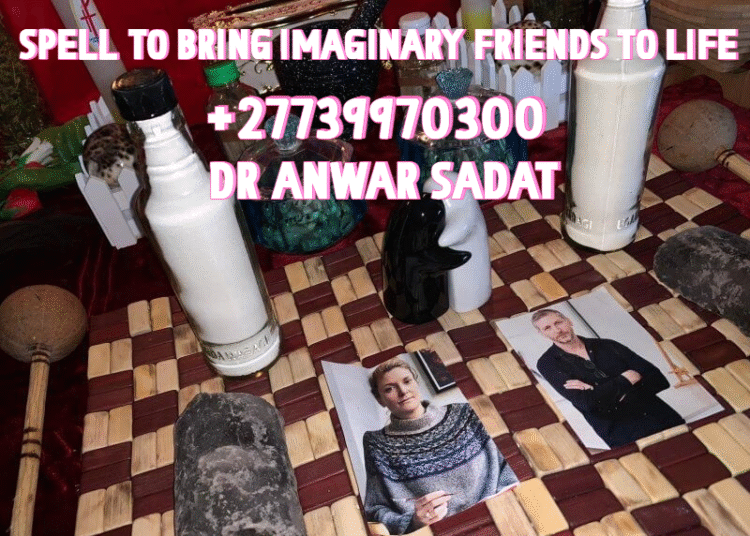Unlocking the Mysteries of Imaginary Friend Spells
In the realm of childhood fantasies, where the line between reality and imagination blurs, the concept of imaginary friends often emerges as a cherished companion for many. As you delve into the enchanting world of imaginary friend spells, you will discover the intricate balance between creativity and belief that these mystical incantations require. This article invites you to explore how these spells can foster emotional development and spark endless creativity. By understanding the nuances and cultural significance of these spells, you will gain a profound appreciation for the imaginative landscapes they help to construct, offering both solace and adventure to young minds.
The Origins of Imaginary Friend Spells
A Journey Through Time
Imaginary friend spells have a rich and intriguing history that traverses cultures and epochs. These spells, often shrouded in mystique, have roots that can be traced back to ancient civilizations where the line between the seen and unseen was more fluid. Many cultures believed in the power of conjuring unseen entities, often as guides or protectors. The ancients viewed these spells as a means to harness the companionship and insight of a benevolent spirit, bridging the gap between the material and the spiritual worlds.
Cultural Threads and Mythical Tales
In various mythologies, similar concepts appear where supernatural entities provided companionship or guidance. For instance, in ancient Egypt, the concept of a “ka” a spiritual double was deeply ingrained in cultural and religious practices. Similarly, in Roman mythology, the genius was considered a guardian spirit assigned to every individual. These narratives highlight how imaginary friends were not just figments of imagination but integral aspects of spiritual beliefs, providing insight into the human psyche’s need for companionship beyond the tangible realm.
Evolution Into Modern Practices
As societies evolved, so did the interpretation and application of these Imaginary Friend Spells. In the Middle Ages, European folklore often depicted witches and sorcerers using spells to conjure familiars spirits in animal form that acted as helpers. This notion of a spiritual companion persisted and transformed, eventually becoming part of the esoteric practices in the Renaissance and the spiritualist movements of the 18th and 19th centuries.
Today, imaginary friend spells have taken on a more psychological angle, often used as a tool for introspection and personal growth. They serve as a bridge between ancient traditions and contemporary self-exploration, reflecting humanity’s timeless desire for connection and understanding.
How Imaginary Friends Come to Life Through Spells
The Origins of Imaginary Companions
Imaginary friends have long held a cherished spot in the world of childhood imagination, offering companionship and a canvas for creativity. But how do these companions spring to life through Imaginary Friend Spells? The journey often begins deep within the fertile grounds of a child’s mind, where an amalgamation of wishes, dreams, and magical thinking converge. For adults and practitioners of the mystical arts, tapping into this process involves more than mere fancy; it’s about understanding the emotional and psychological landscapes that nurture these friendships.
Crafting the Perfect Spell
Creating a spell to bring imaginary friends to life is both an art and a science. It requires a delicate balance of creativity, intention, and symbolism. Practitioners often start with a clear vision of the desired companion, incorporating elements such as personality traits and appearances that resonate with the spell caster’s inner desires. These elements are then woven into an incantation, often infused with personal artifacts, symbols, or even objects of sentimental value. Through this process, the spell serves as a bridge, connecting the ethereal with tangible reality.
The Role of Imagination and Belief
Integral to the success of any imaginary friend spell is the power of imagination and belief. Without these, the spell remains dormant, lacking the vital spark needed for manifestation. For children, this comes naturally, as their minds are fertile grounds for possibility, unencumbered by the limitations of adult logic. Adults, however, may need to consciously cultivate these faculties, engaging in activities that stimulate creativity and open-mindedness. Techniques such as visualization, meditation, and even creative storytelling can help bolster the spell’s effectiveness, breathing life into the spectral whispers of imagination.







